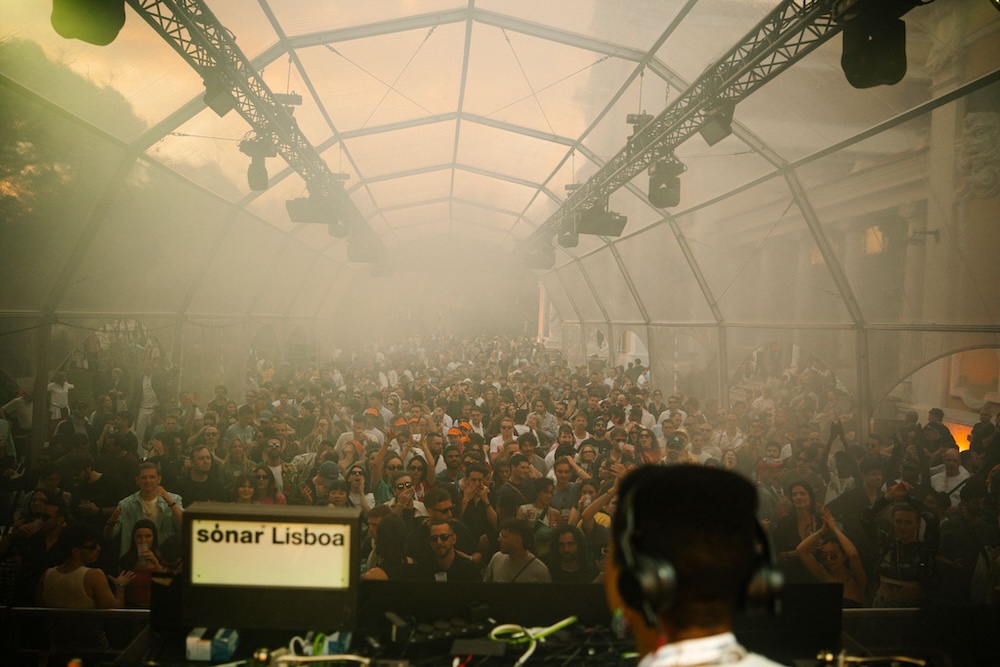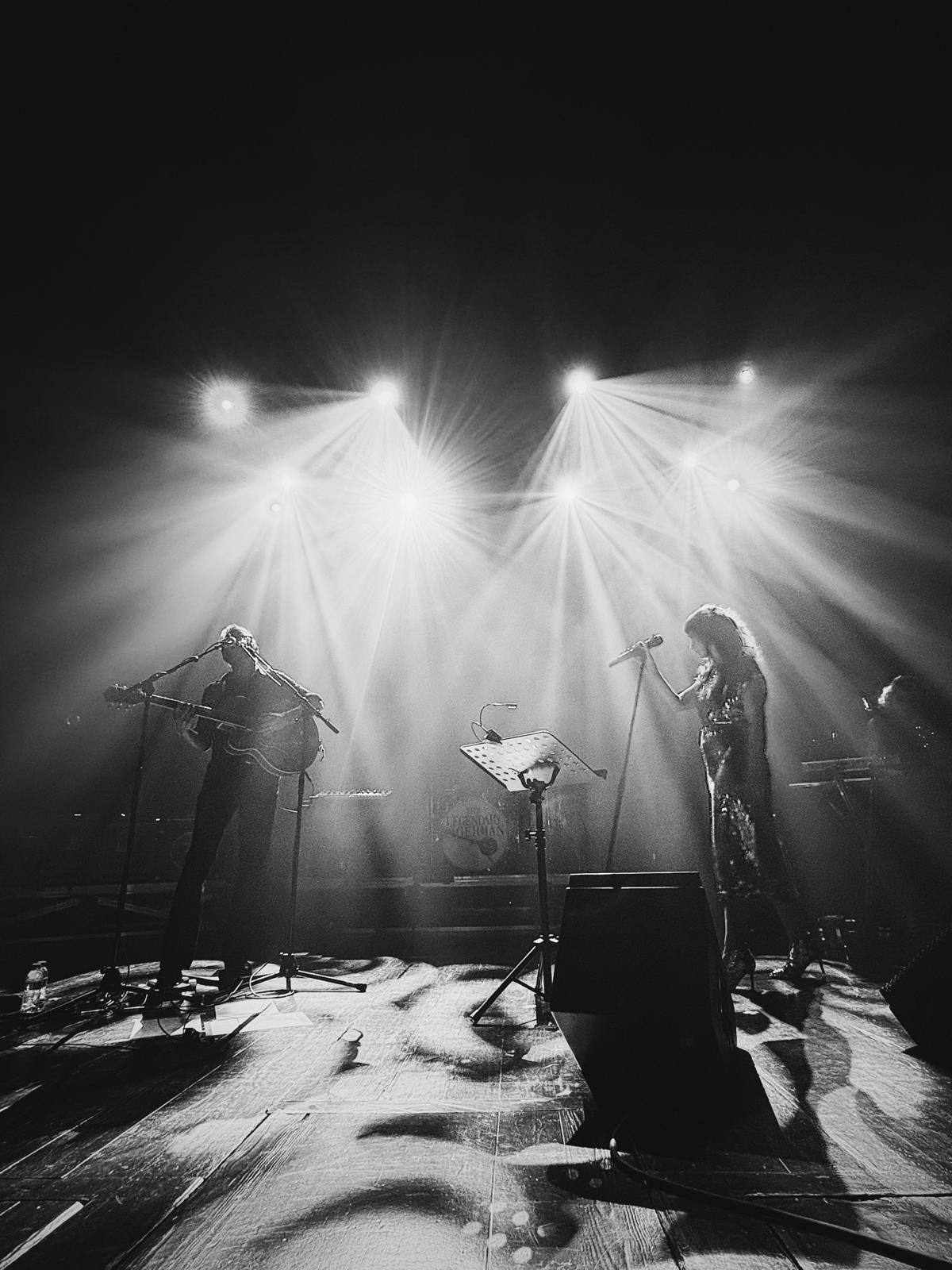Cosmic Portals – A Playlist by Natalie Rose LeBrecht

Natalie Rose LeBrecht, puts us together a Cosmic Portals playlist around her new album, ‘Holy Prana Open Game’.
Natalie Rose LeBrecht’s deeply personal cosmic music, has unveiled her latest album, ‘Holy Prana Open Game’. Drawing inspiration from her introspective meditation sessions, LeBrecht has crafted a collection of ethereal compositions that transport listeners to a “realm of tranquillity and introspection”. The album showcases LeBrecht’s meticulous craftsmanship and her willingness to explore diverse artistic influences. Collaborating with Mick Turner, Jim White, and David Lackner, LeBrecht weaves a tapestry of immersive sound that transcends boundaries.
With the release just landed we asked her to put us together a playlist of Cosmic Portals
Natalie Rose Lebrecht’s LP i Holy Prana Open Game is out now. Check her Bandcamp here
Topics
La Monte Young is a master at opening portals into the cosmos through sound. This recording of his miraculous work, “The Well-Tuned Piano” is a six hour, 25 minute structured piano improvisation performed on May 10, 1987 at the DIA Art Foundation in NYC. The piece was played on an Imperial Bösendorfer piano, which has 97 keys, and it was tuned to a precise “just intonation” tuning that La Monte had devised. This magical tuning facilitated “extraordinary periodic acoustical beats [that] became suspended in the air like a cloud over the piano,” according to Young. The effect is bewitching, and it is common to experience aural hallucinations when listening. If someone played me the recording and I had no context, I never would guess it was just one person playing a piano. In moments, it sounds like an otherworldly orchestra – there’s a full sound that is completely unique and unidentifiable. I served as Young and Zazeela’s production assistant from 2006-2008 and lived part-time above their apartment at their Dream House installation and their artistic archives. I’ll never forget the night that I was wandering through their labyrinthine archives and found Young’s well-tuned practice-piano. Of course I played it, and of course, it was no longer precisely tuned, but nonetheless, it was thrilling.



























Must Reads
David Holmes – Humanity As An Act Of Resistance in three chapters
As a nation, the Irish have always had a profound relationship with the people of Palestine
Rotterdam – A City which Bounces Back
The Dutch city is in a state of constant revival
Going Remote.
Home swapping as a lifestyle choice
Trending track
Vels d’Èter
Glass Isle
Shop NowDreaming
Timothy Clerkin
Shop Now